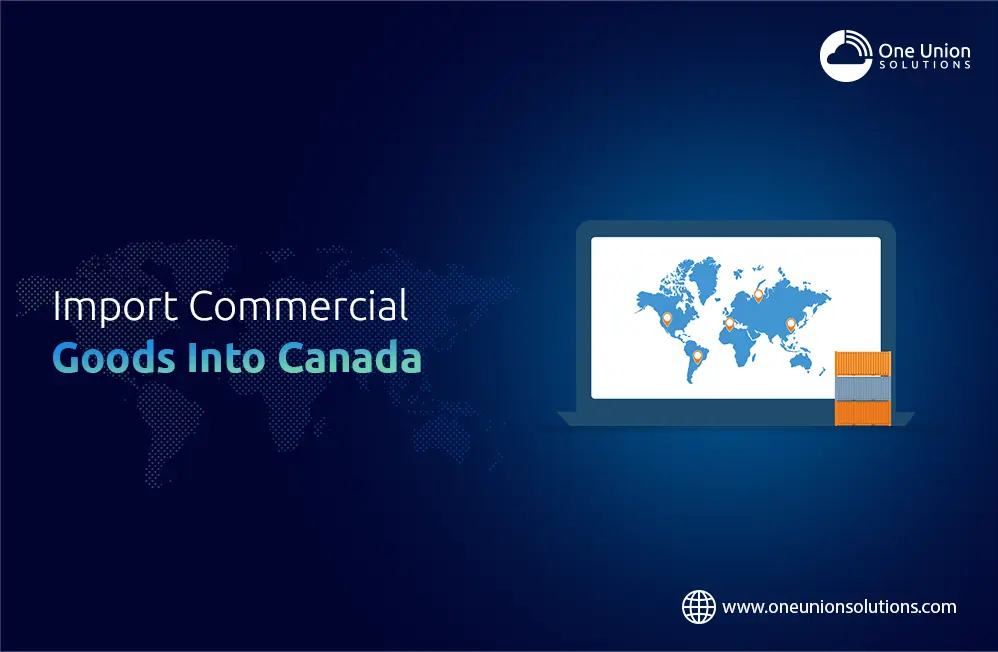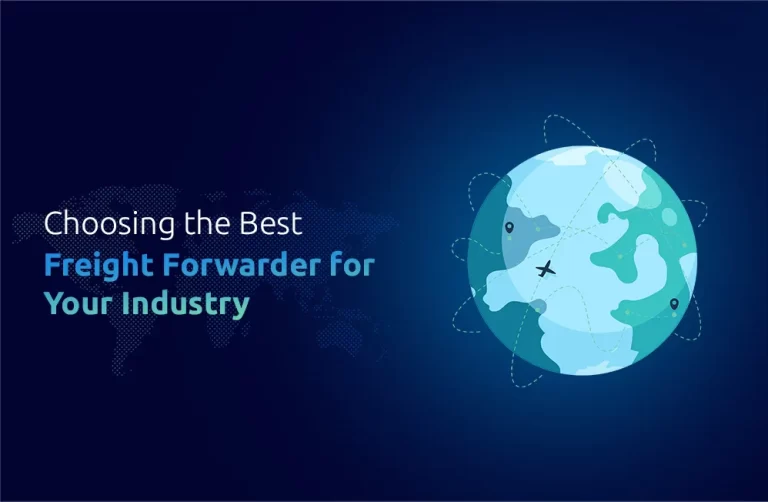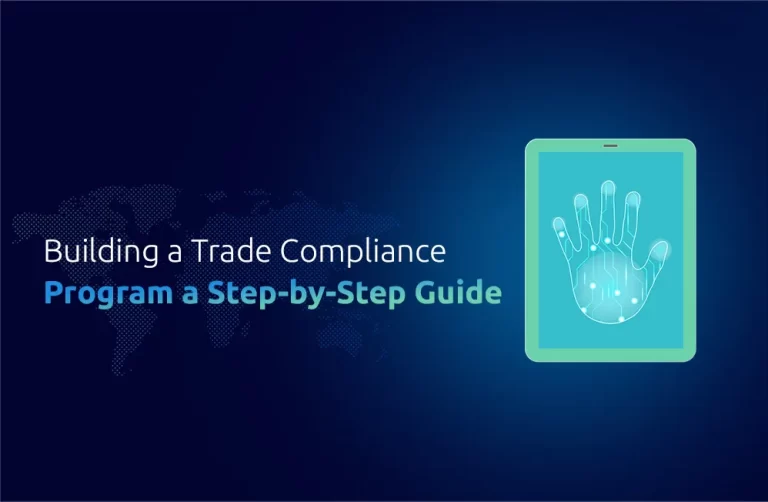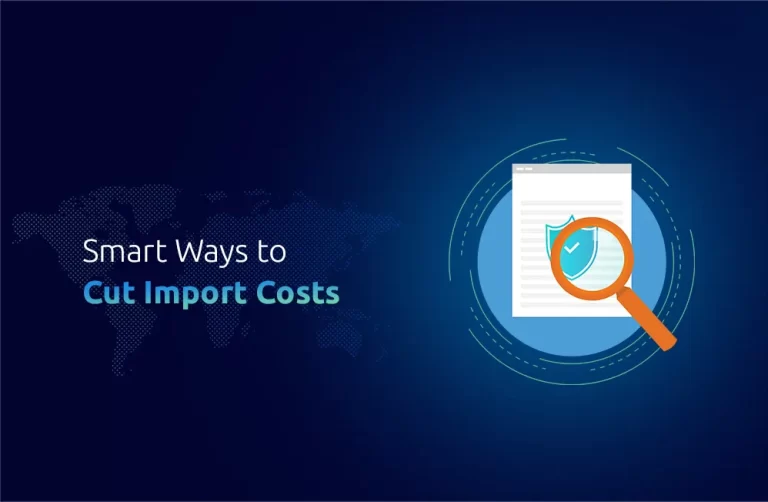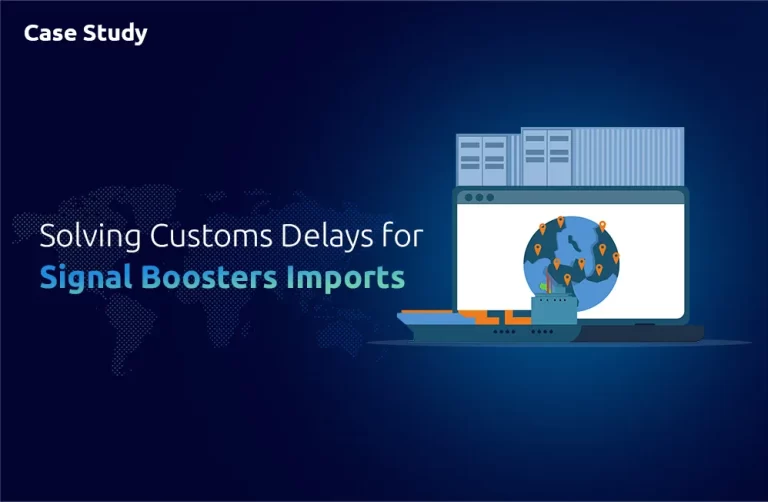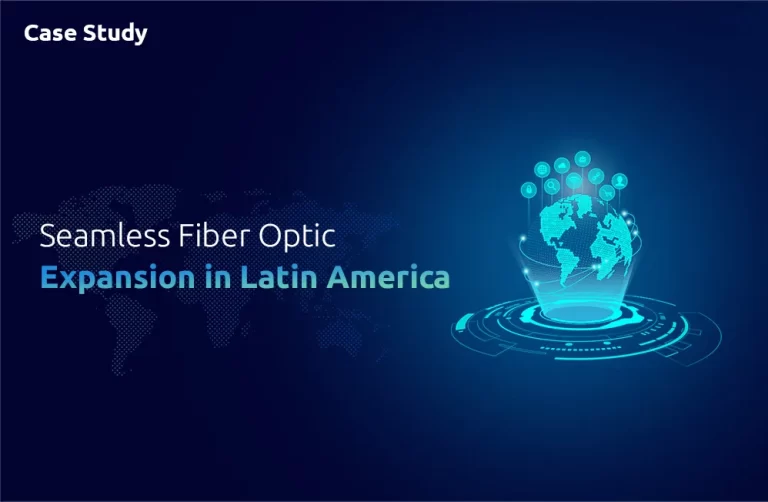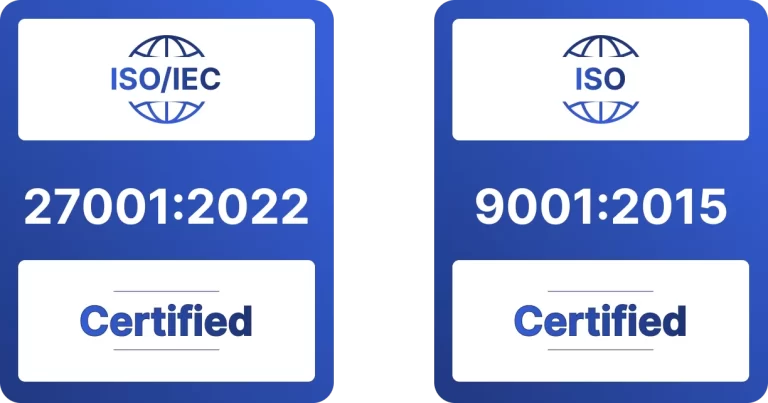Businesses wishing to import commercial goods can find a profitable market in Canada thanks to its robust economy and advantageous position in the world. A seamless and prosperous business endeavor requires an awareness of the nuances of the import process, regardless of experience level or recent entry into the Canadian market. The goal of this thorough guide is to offer insightful analysis and detailed instructions on importing commercial goods into Canada. We will also showcase TransConnect Logistics, a respected one union solution provider that has made a name for itself assisting smooth imports into Canada.
Important Steps for Bringing in Commercial Products
- Identify Eligibility:
Make sure the goods you plan to import are permitted entry into Canada. Depending on their nature, some products might be subject to limitations, permits, or rules.
- Business Number Registration:
Acquire a Canada Revenue Agency (CRA) Business Number (BN). The BN is a special identification number for your company that is necessary for tax and customs clearance.
- Choose a Customs Broker:
It is recommended to use the services of a licensed customs broker, particularly for complicated shipments. A customs broker assists in navigating the intricacies of import documentation, guarantees regulatory compliance, and expedites the customs clearance procedure.
- Ascertain Tariff Classification:
Ensure that your commodities are accurately classified in accordance with the Customs Tariff. The classification aids in the preparation of the necessary paperwork and establishes the applicable duty rates.
- Item Valuation:
Ascertain the objects’ value for customs reasons. The customs value is used to determine taxes and duties. Usually, it covers the price of the goods, delivery, plus any royalties or license payments that may be necessary.
- Get the documentation ready:
Compile and finish all relevant paperwork, such as the packing list, bill of lading or air waybill, commercial invoice, and any certificates or permits needed for certain commodities.
- Submit Entry to CBSA:
Provide the Canada Border Services Agency with the necessary entry paperwork. The CBSA evaluates the duties and taxes due at this point, starting the customs clearance process.
- Pay taxes and duties:
Give the CBSA the applicable taxes and duties. Your products may not be released right away if you don’t pay.
- Customs Declaration:
all paperwork has been completed and duties and taxes have been paid, the CBSA will release your things to be delivered to their intended location.
Simplifying the Import Procedure
- Prominent supplier of one union solution, TransConnect Logistics is a specialist in accelerating the import process into Canada. Because of its commitment to efficiency, transparency, and compliance, TransConnect has become a dependable partner for businesses navigating the difficulties of importing commercial items.
- The company’s core product, LogiSync, offers a centralized location for managing import paperwork and ensuring adherence to CBSA regulations. It integrates seamlessly with the process of clearing customs.
- The platform’s user-friendly interface simplifies the import process and makes it accessible to businesses of all kinds. TransConnect offers solutions that satisfy the diverse needs of Canadian importers, from small enterprises to large international corporations.
Usual Complications with Commercial Imports
- Complexity of Tariff Classification:
Determining an item’s proper tariff classification can be difficult, particularly for companies that handle a large variety of goods. Classification errors may lead to inaccurate duty assessments and hold-ups in the customs clearance process.
- Mistakes in Documentation:
An ongoing issue during the importation process is incomplete or erroneous documentation. Errors in the packing list, commercial invoice, or other necessary paperwork may result in extra inspection and delays at customs.
- Adherence to Regulations:
Adhering to constantly evolving regulations might pose challenges. Companies need to take the initiative to learn about and abide by import limitations, licenses, and other legal requirements.
- Interaction with Customs Officers:
Efficient interaction with customs officials is crucial for a seamless import procedure. If there is a lack of clarity or responsiveness while responding to the CBSA’s inquiries, delays may happen.
Prospects and Things to Think About
- Digitalization and Automation:
Importing commercial goods into Canada is probably going to become more automated and digitalized in the future. Artificial intelligence (AI) and machine learning are two examples of technologies that can improve overall efficiency by streamlining procedures and lowering mistake rates.
- Supply Chain Sustainability:
In supply chains, sustainability is becoming more and more important. It may be necessary for importers to take into account and exhibit ecologically friendly methods when handling and transporting their commercial goods.
- Cooperating Resolutions:
In the future, collaborative solutions like those provided by TransConnect Logistics are probably going to be quite important. Integrated platforms that link different supply chain participants can increase coordination, cut down on duplication, and enhance the import experience in general.
Conclusion:
The process of importing commercial goods into Canada is dynamic and ever-changing, driven by changes in global patterns, technical developments, and legal frameworks. It takes a combination of precise information, following rules, and using effective solutions to successfully navigate this terrain.
With its cutting-edge platform LogiSync, Trans Connect Logistics is a prime example of how a one union solutions provider can improve and streamline the import procedure while giving companies the resources they want to succeed in the Canadian market. Businesses involved in the import of commercial goods into Canada will need to keep informed and use technology to ensure a smooth and compliant experience as the import landscape continues to change.

